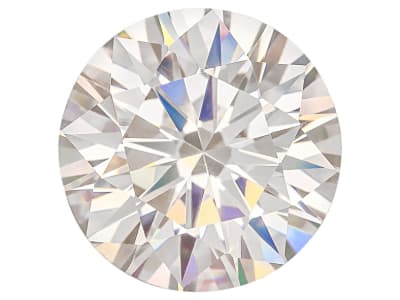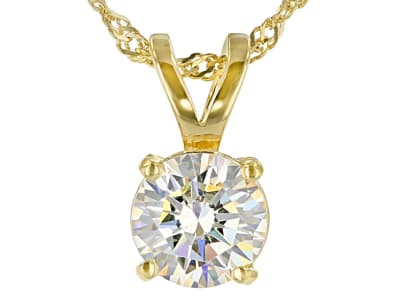Strontium Titanate is a diamond simulant developed in the early 1950’s and patented in 1953. It is sold in the trade as Fabulite and Diagem. In 1982 Strontium Titanate’s natural analog tausonite was discovered in eastern Siberia, Russia. The tausonite crystals are too small in be used as a gemstone. The dispersion of Strontium Titanate is four times higher than diamond and is responsible for vibrant rainbow-like flashes of color.
General Information
LWUV: Inert
Strontium Titanate Colors
-
 Blue
Blue -
 Brown
Brown -
 Colorless
Colorless -
 Green
Green -
 Orange
Orange -
 Purple
Purple -
 Red
Red -
 White
White -
 Yellow
Yellow
Alternate Names
Fabulite, Wellington, Diagem, Dynagem, Jewelite, Kenneth Lane Jewel, Lusitgem, Marvelite, Pauline Trigere, Rossini Jewel, Sorella, Starilian, Strontium, Testotitianate , Zenithite
Countries of Origin
Russian Federation; Mozambique; Unknown; China; United States of America; Thailand; Switzerland
History
Throughout recorded history we have sought diamond simulants. Strontium titanate was born to sparkle and to please. High dispersion is what makes strontium titanate such a dazzler. We love the dance of light in this stone. While strontium titanate was originally believed to only be available via laboratory creation, it was discovered in natural form in the 1980's in Siberia (named tausonite in honor of a Russian geochemist). However, there was one problem with the crystals found - they were SO small that they couldn't be cut into gems! Lab-created stones to the rescue!
Care
Strontium titanate is a softer stone (5 - 5 ½ on the Mohs scale), exercise care in cleaning. No harsh chemicals. Dry with a soft cloth and store in a protected cloth bag.

